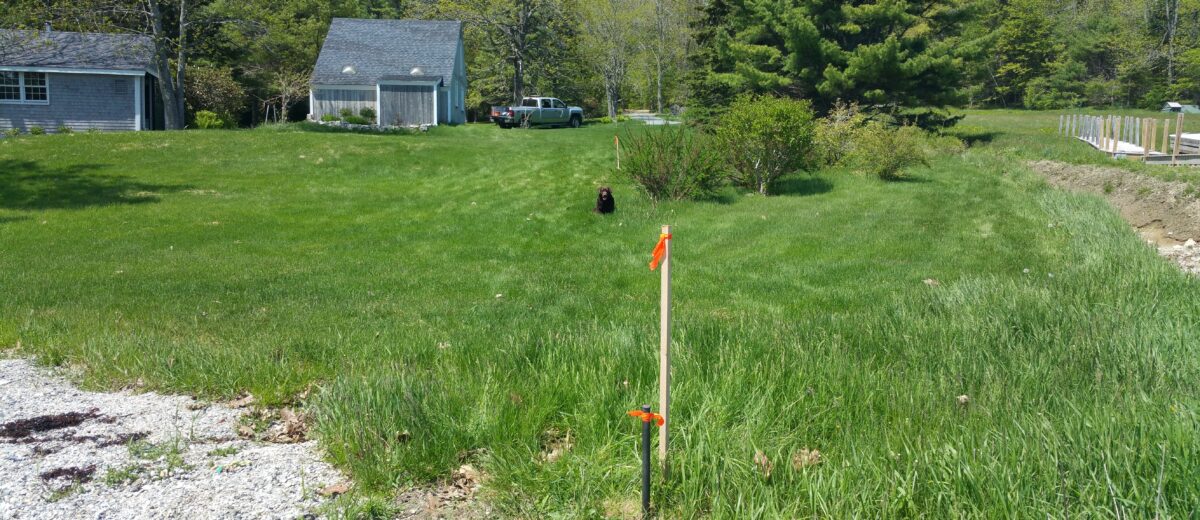When a plot of land is divided, a survey shows the legal boundaries of the new, smaller parcels and additional features. Deed descriptions of the new lots are written. Once put into a legal format, the deeds are signed and recorded at the Registry of Deeds making the lot division official and public. The steps to achieving a lot division are very specific to the subject property. Some divisions are simple and straight-forward, where others can be quite complicated. See our Lot Division Case Study below!
Regardless of the complexity of your project, there are a few questions that should be answered ahead of time to make sure your project goes as smoothly and time efficiently as possible:
1. Will the division trigger subdivision?
In Maine, a subdivision is created when three or more parcels of land, living units, or rental units are sold or created from a larger parcel within a five year period. Subdivisions are regulated by state statute and are administered by local town planning boards.
Depending on the history of the property, it may be necessary to apply to the municipality to subdivide the parcel or amend a previously approved subdivision plan to add another parcel to it.
2. Are there any deed restrictions?
A deed is a legal document used to convey or transfer property or land. Typically a deed will get recorded at the registry, making it public. Surveyors study deeds, organizing them chronologically to better understand the history of subject lots. This helps see how past actions may affect the property in the future. If deed restrictions or covenants are written into the text of the deed, then these should be studied thoroughly to see if there have been limitations or prohibitions to future divisions.
3. What municipal land use zone is the lot in and what are the zoning requirements for a buildable lot within this zone?
Municipalities often have land use ordinances that divide the municipality into several land use zones. Within each zone, there are specifically allowed uses ranging from recreation to business. Each zone will contain dimensional requirements defining what criteria must be met for newly created lots to be “buildable”. Common criteria include minimum area and road frontage requirements. In addition, there may also be building setback standards within each zone.
What Our Clients Say
Related Blog Posts
Getting Started
Have questions on lot division or what to expect? Check out our FAQs, or talk to us via our contact page.

